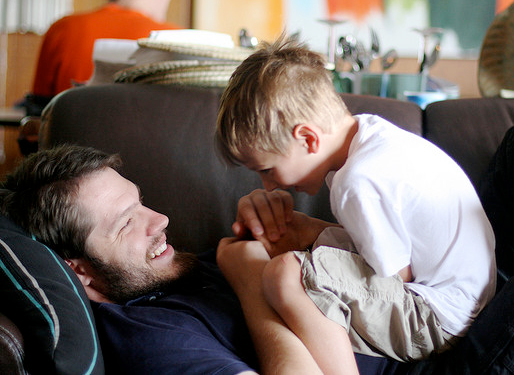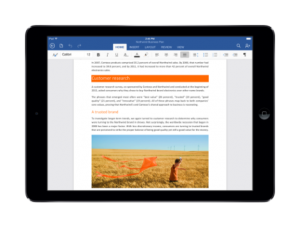Rational:
Sensory social routines can be an important springboard for communication for your child. You and your child will take turns and communicate back and forth through gestures, facial expressions, and words. This is known as “social reciprocity” and is an important part of social engagement. This teaches your child that other people’s bodies and faces communicate and that people can send and receive communication face-to-face. During sensory social routines you will share smiles, funny faces, expressions, and sound effects.
Creating these routines will motivate your child to communicate with you when you pause at intervals and wait for her to indicate that she wants to continue or end the activity. Sensory social routines provide the opportunity to build a strong relationship that is reciprocal and FUN for both children and adults.
I know I am finding the rhythm of our social sensory routines when:
- I know several sensory social routines that make my child smile
- My child looks at me and smiles when we begin
- I know my child’s way of communicating he wants me to continue when I pause the activity or understand when he loses interest and wants to stop.
- I can initiate several familiar routines to build my child’s interest.
Back to Module 2 Step 2: Build a repertoire and refine routines



